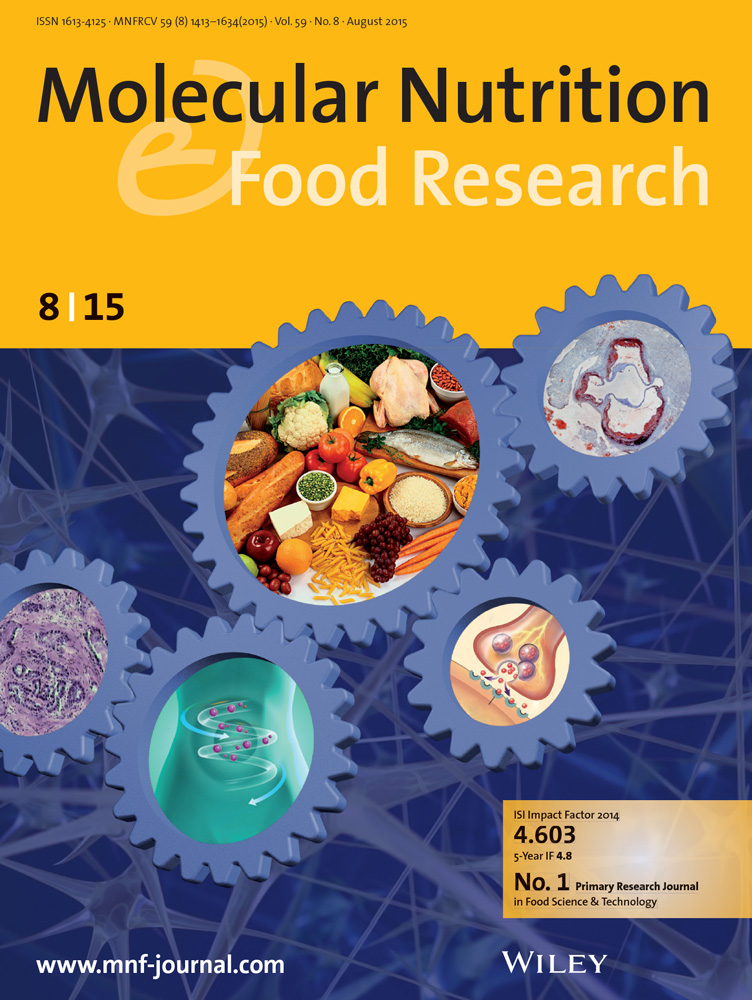Effects of Polyphenols and Ascorbic Acid in Honey From Diverse Floral Origins on Liver Alcohol Metabolism
IF 4.5
2区 农林科学
Q1 FOOD SCIENCE & TECHNOLOGY
引用次数: 0
Abstract
Honey is known to promote alcohol metabolism effectively. However, the effects of its individual chemical components system on alcohol metabolism and their mechanisms of action have not yet been fully elucidated. We constructed polyphenols and ascorbic acid systems (PAAS) of six different floral kinds of honey by exogenous substances, to investigate their effects on alcohol metabolism in the liver. PAAS consists of 22 kinds of polyphenols (including arbutin and caffeic acid) and ascorbic acid. The results demonstrated that PAAS improved the activity of alcohol dehydrogenase (ADH) and the expression of adh1, but had no significant effect on acetaldehyde dehydrogenase (ALDH) and expression of adh2, which caused a decrease in blood ethanol concentration but no difference in acetaldehyde concentration. Correlation analysis illustrated that arbutin and trans-4-hydroxycinnamic acid in PAAS were important potential substances for promoting alcohol metabolism. In addition, PAAS could also reduce the deleterious effects of alcohol by modulating unsaturated fatty acid biosynthesis, purine metabolism, and other metabolic pathways in the liver. These findings revealed the mechanisms by which PAAS promoted hepatic alcohol metabolism as well as protected the liver and provided a theoretical basis for exploring the mechanisms in honey synergistically promote alcohol metabolism.

求助全文
约1分钟内获得全文
求助全文
来源期刊

Molecular Nutrition & Food Research
工程技术-食品科技
CiteScore
8.70
自引率
1.90%
发文量
250
审稿时长
1.7 months
期刊介绍:
Molecular Nutrition & Food Research is a primary research journal devoted to health, safety and all aspects of molecular nutrition such as nutritional biochemistry, nutrigenomics and metabolomics aiming to link the information arising from related disciplines:
Bioactivity: Nutritional and medical effects of food constituents including bioavailability and kinetics.
Immunology: Understanding the interactions of food and the immune system.
Microbiology: Food spoilage, food pathogens, chemical and physical approaches of fermented foods and novel microbial processes.
Chemistry: Isolation and analysis of bioactive food ingredients while considering environmental aspects.
 求助内容:
求助内容: 应助结果提醒方式:
应助结果提醒方式:


